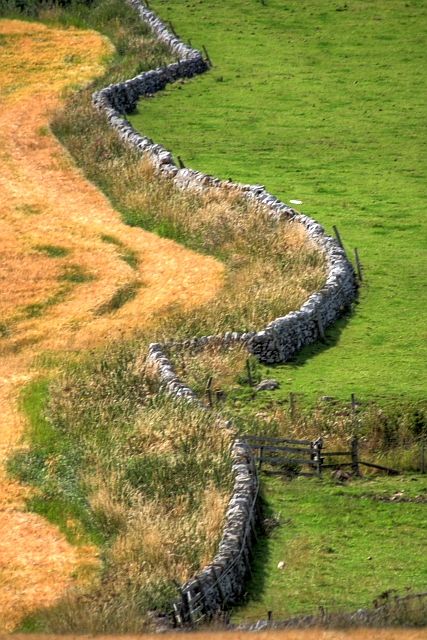
February 25, 2014, by Nicola Royan
Literatures of Older Scots and Middle English
If there are challenges in establishing Older Scots and Middle English as different languages (see previous blog) those are matched equally in attempting to define an Older Scots literary tradition. The Middle English literary tradition is so multifarious that to insist on separateness for Scotland seems doomed to failure. We can see, for instance, that not only the so-called Scottish Chaucerians, Robert Henryson, William Dunbar and Gavin Douglas, read Chaucer (and also Gower and Lydgate) with great care, but so did Hary, writer of the Wallace (the source, at some considerable distance, of Braveheart). We can also trace parallels in alliterative techniques between Scottish writers of the 15th century and English writers of the 14th: indeed, some poems, like the Awntyrs of Arthur, are quite hard to locate on one or other side of the border. So, if there is an identifiable Scottish tradition, it is one that is highly responsive to developments in England.
Like much Middle English literature, literature in Older Scots was also influenced by texts of Continental origin, particularly those in French and Latin. Those engagements were usually direct, and not mediated through English transmission, since many Scots found higher education in Paris and other intellectual centres. That hybridity shows in prose particularly, whether in Gilbert Hay’s translations or in John Ireland’s treatise, The Meroure of Wisdome, but it is also evident in verse redactions of French romances, such as Golagros and Gawane and Lancelot of the Laik. There are some Scots idiosyncrasies here: for instance, French prose romances are translated into verse much later than in England while French and Anglo-Norman seem not to be used as literary languages after the 12th century.
These are all important distinctions, but their influence can only support a Scottish tradition, not define it. There are some features, however, that do seem to be particularly Scottish interests. The most striking of these is probably flyting, a type of apparently ritualised poetic abuse, of whom the master practitioners were William Dunbar and Walter Kennedy. Debate continues as to whether this genre is influenced more by Continental or Gaelic culture; more importantly, it displays a range of insult of which Malcolm Tucker would be proud. At the slightly more respectable end, the Scots also have the Bruce and the Wallace, poems of royal and national identity, that are not quite histories (although they claim truth) and not quite romances; English equivalents are hard to identify.
Both flyting (when done by David Lyndsay) and the Scottish epics (for want of a better term) address another Scottish obsession: telling their rulers what to do and how to behave. The engagement with advice to princes, often quite sharply expressed, can be found in all kinds of texts, from histories, to treatises, to poetry. The messages are often conventional (a king should learn to rule himself before trying to rule others, for instance), but the obsessive concern for good government, right down into the late 16th century is striking. In the end, this characteristic might be the one that is most distinctive.
Whether such distinctions were drawn by earlier audiences, it is hard to tell. The literary traffic between Scotland and England was not all one way. Henryson’s Testament of Cresseid was appropriated for Chaucer in Thynne’s print of the 1530s; Surrey had clearly read Douglas’s translation of the Aeneid before attempting his own. While Henryson might have been annoyed by Thynne’s print, it probably would not have surprised him that his work had travelled so far: another feature of Older Scots poets is a confidence in their writing, no matter the audience.
No comments yet, fill out a comment to be the first

Leave a Reply